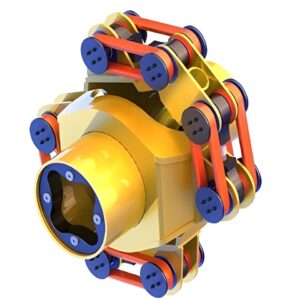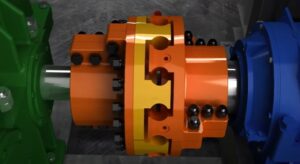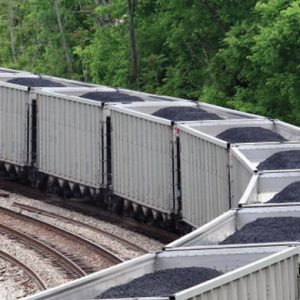Unfortunately, most businesses won’t realize that their structural tubing is affected until it’s too late. There are preventative measures that you can take to ensure that your structures are sound and will remain intact and strong for years to come.
Inspections
The most obvious way to tell if your structural tubing is sound is through easy visual inspections, but be aware that it won’t catch everything. You’re checking for anything you can see with your own eyes, like cracks, dents, corrosion, rust, or bending. You can also perform a dye test to accentuate any light cracks your eyes can’t see easily. You want to inspect as much of it as you can, especially at the joints and welded areas of the structure, or where there is the most chance for areas of corrosion (ex. Where it may be exposed to weather, or dripping water or fluids).
Other Testing
There are many tests that can be done on structural tubing to see if it can hold up against the environments in which it will be used. Structural tubing must often be able to uphold tons of weight, as it’s used for erecting buildings, bridges, towers, and heavy machinery. Ultrasonic testing can also be a great way to reveal structural fragility with things that are not seen through even the most thorough visual inspections. Here at Crompion International, we recommend
Replacement or Repair
If you do find any of your structural tubing is compromised in any way, even small cracks or corrosion, it’s best to address these issues sooner rather than later. Even if the damage isn’t bad enough to completely replace the tubing, you can plan to schedule maintenance or set reminders to check these areas of impact more regularly, and eventually plan to make repairs or replacements. You don’t want to wait until it’s an emergency.
When you do plan to replace your structural tubing, you want to replace it with longevity and sustainability in mind. The most common structural tubing option we offer is our Cromgard® C12 ASTM A554 which has a higher yield strength than the most commonly used 304 steels but also offers an adequate corrosion resistance suitable for most applications. You can read more about our tubing here.
Once you have plans to repair and replace as needed, it’s best to schedule regular examinations and maintenance to prevent future concerns. As a good rule of thumb, you should have professional inspections at least every 3-5 years.
Consult structural engineers/Leads for consulting
At Crompion International, we want the absolute best for your business and products. If you need to speak with one of our engineers regarding any structural consulting or replacement of any compromised tubing, contact us at 225-343-4219 or sales@crompion.com.






